When I first received this pair of TMA-2 Studio Wireless+ headphones from AIAIAI, I’ll admit that I was a bit unsure about the prospect of using wireless headphones for music production…
If you’ve ever tried using a pair of Bluetooth headphones for recording, you know that they can cause some serious issues – primarily latency issues that result in a monitoring delay, making Bluetooth headphones almost impossible to use for time-sensitive monitoring.
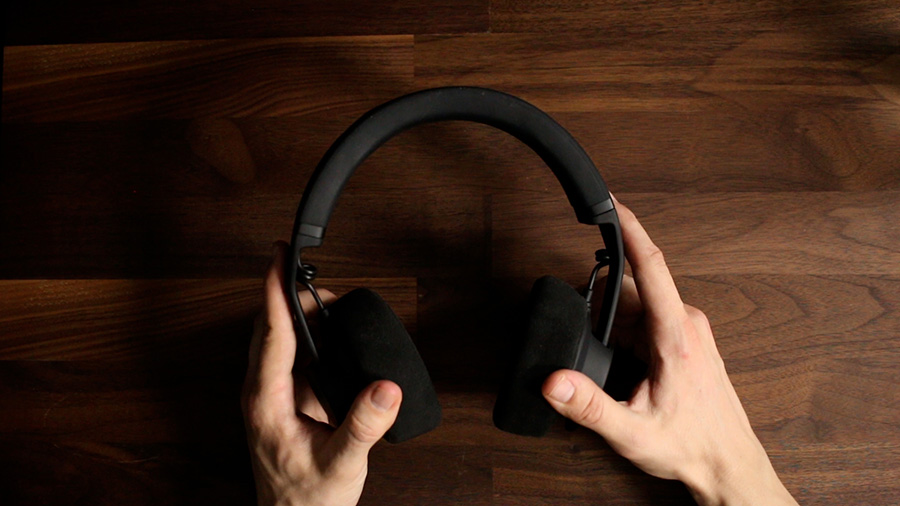
But when I received the AIAIAI TMA-2 Studio Wireless+ headphones, it didn’t take long for me to start identifying all of the different ways that wireless headphones could be implemented into my workflow if they were low latency.
In this post, I want to walk you through a few of the ways that I use these low latency wireless headphones, how they perform, and what sets them apart from a regular pair of Bluetooth headphones for recording and general listening.
Thank you, AIAIAI, for sponsoring the post and sending me the headphones. AIAIAI sent me a special link and code that will add a free hard case to your order if you decide to pick up a pair of the TMA-2 Studio Wireless+. Code: AUDIOUNIVERSITY

Ways To Use Wireless Headphones For Music Production
Input Monitoring (Multiple Instruments)
The most obvious use of wireless headphones in the studio is input monitoring while tracking an instrument. I’ll often use them when building a song, especially if I’m layering various instruments together, switching between each instrument.
In my studio, everything is spread out. So, it’s nice to be free to move between the guitar rig in the back of the room, to the keyboard over there, to the vocal mic on the other side of the room without being tied to my audio interface with a headphone cable. This allows me to quickly jump from station to station without the need to wrangle any cables.
The wireless headphones are especially useful for the guitar. Using wired headphones while playing guitar is always a nuisance. You’ve got to make sure that the cable doesn’t touch the strings and because of the strap, you’ve got to take your headphones off every time you want to put down or pick up your guitar.
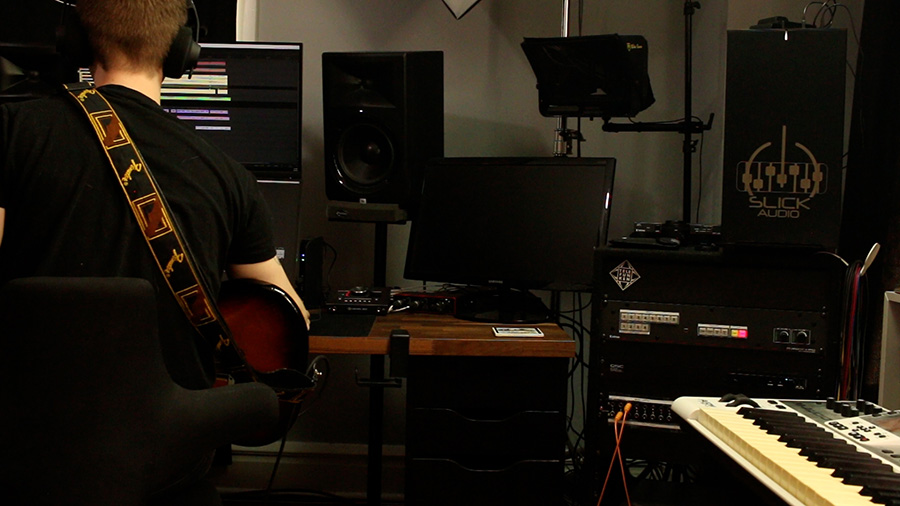
Adjusting Outboard Effects
The second way I’ve been using these headphones is for adjusting settings on my guitar pedals, which aren’t in front of my speakers. I’ll usually use my wired headphones for mixing when I’m at my computer, but the cable just isn’t long enough to reach my pedalboard in the back of the room.
(Setup: I record my guitar directly with the instrument input on my interface. Then run the recorded signal out of my interface and through my pedalboard (I’d recommend a reamp box here). The output of the pedalboard goes to the input of my interface and onto the same or another track.
Using wireless headphones allows me to very clearly hear the changes I’m making while I’m adjusting my outboard effects at the pedalboard.
This could potentially be useful for you if you have a rack of outboard gear that isn’t in front of the speakers or within reach of wired headphones. Instead of making changes, then monitoring, then making changes again and so on… You can just listen to what you’re doing in real time.
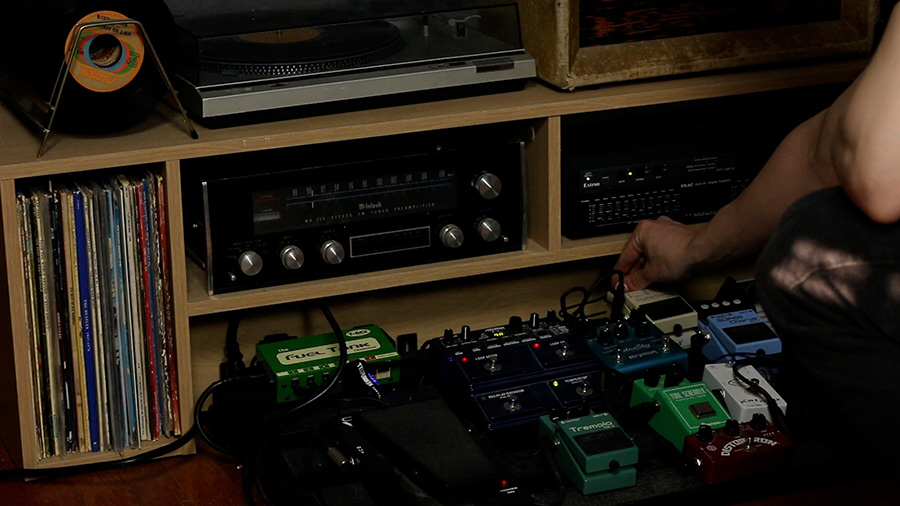
Mic Placement & Location Recording
Another way that I’ve found (so far) to implement wireless headphones is for monitoring while placing microphones.
Of course, this doesn’t really work for very loud instruments like drums because there would be too much bleed through the headphones. For most instruments though, it’s nice to be able to be in a different room placing a microphone on an acoustic guitar without the need for a very long cable and a headphone amplifier.
If you do location recordings or production sound, I can see these being very useful as well. They would allow you to monitor while placing the microphones, perhaps saving you a few trips back and forth.
I can also see them being useful for live sound and house of worship engineers, who are often required to create a mix for both the live reinforcement in the room and a stream or recording. Having wireless headphones would allow you to monitor the stream or recording mix in a quieter place, giving you a better idea of what the audience will hear on the other end of the stream.
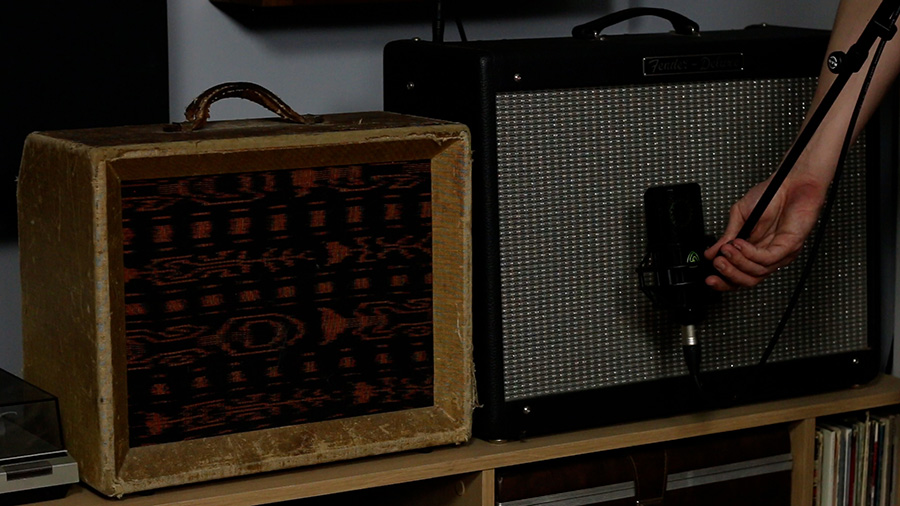
Why Can’t I Use Bluetooth Headphones For Music Production?
Sound Quality
The first reason bluetooth headphones aren’t very useful for music production is that Bluetooth is a lossy format, meaning the signal is degraded by the wireless transfer.
The TMA-2 Wireless+ can operate as Bluetooth headphones and connect to any bluetooth device, but this transmitter can be used in situations where you need low latency lossless audio. Lossless audio means the signal is not degraded by the wireless codec.
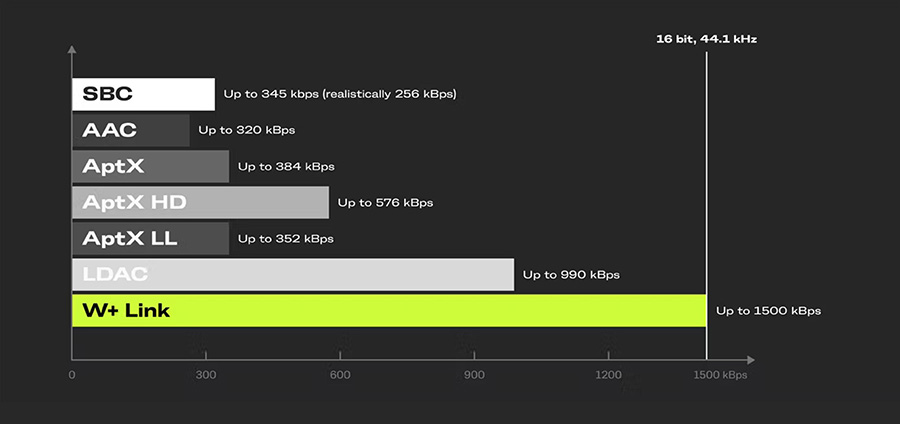
Latency
The most important difference in my opinion is the latency. As I mentioned before, latency is delay that is caused by every digital component of your signal chain. It is a big problem when recording yourself playing guitar or keyboard or singing – if you’ve ever heard an echo on a phone call, you know how distracting a delay can be while speaking.
The latency of Bluetooth can range from 34ms to 300ms, which is completely unacceptable when you combine it with the latency of your DAW and interface.
The latency of the TMA-2 headphones is 16ms when using the W+ Link mode. If you factor in the 3-12ms latency of your interface and DAW, you can expect between 19-28ms of total latency.
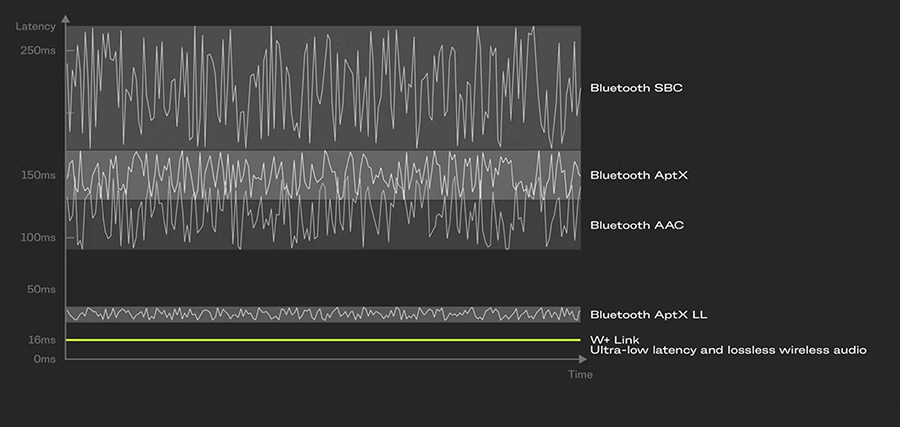
Input Flexibility
The input flexibility also sets these apart from other wireless headphones.
They can be used with the included cable for connecting to headphone outputs and they can connect to devices via Bluetooth. They also allow low-latency lossless wireless listening with any analog input. You just connect the audio source to the included transmitter and connect the headphones.
This is useful if you want to wirelessly listen to vinyl or another sound source that doesn’t have Bluetooth. The range is wide enough that I can walk from room to room and still enjoy lossless audio in my headphones, which is not necessarily related to recording, but I think it’s definitely a use worth mentioning.
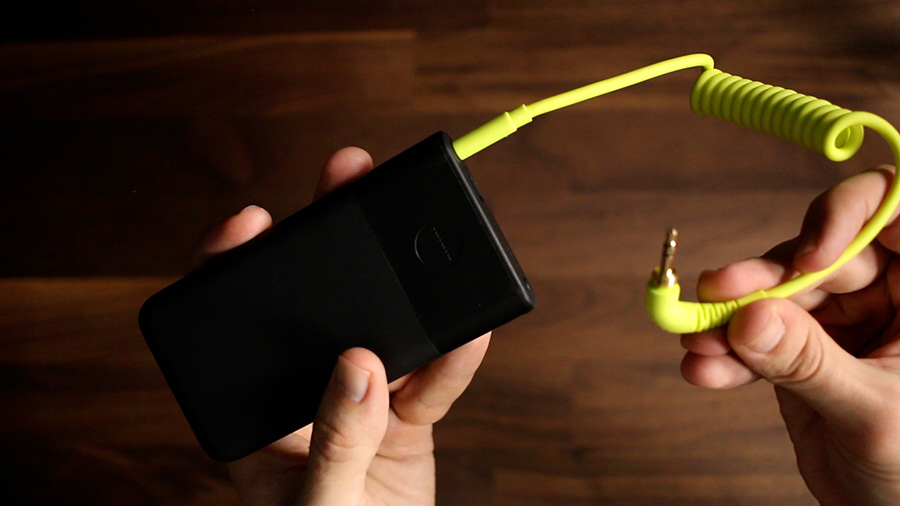
Pros & Cons: AIAIAI TMA-2 Studio Wireless+ Headphones
Let’s look at the pros and cons of these headphones.
PRO: Good Sound For Input Monitoring
The frequency response does a good job of emphasizing the frequencies between 3-5kHz, which is great for monitoring and hearing the details of an instrument while performing.
CON: Hiss In Wireless Mode
When in wireless mode, there is a hiss.
However, I found out that this can be avoided by sending a greater signal level to the transmitter and turning the volume down on the headphones.
PRO: Low Latency
Obviously, the low latency feature is one of the biggest considerations here. That’s what makes it possible to use these headphones for music production!
CON: Not Zero Latency
While the latency induced by these headphones is incredibly low, it’s not zero.
In my case, using Reaper as my DAW with the Focusrite Scarlett 2i2 audio interface and my Slick Audio computer, it’s not an issue at all. However, if you are one of those people who are very sensitive to latency, you may want to stick to wired headphones.
PRO: Comfortable
Comfort is a big deal for me when it comes to headphones. I’ve got a big head, I’ve got big ears, and I need headphones that don’t crush my skull. Luckily, the ear cups are nice and spacious.
PRO: Input Flexibility
Like I mentioned before, these are probably the most versatile headphones you will own. Not only can they be wired, but they also have Bluetooth and the wireless transmitter can be connected to anything with analog outputs.
PRO: Long Battery Life
The battery life is 80 hours for Bluetooth playback and 16 hours for low latency wireless playback, which will probably have you covered for most sessions. Of course, you can run them in wired mode without charging the battery.
PRO: Long Range
I’ve tested these out while doing work around my house and the range is pretty impressive, especially considering that there is fixed latency the whole time. I’ve connected my turntable and phono preamp to the transmitter and walked downstairs with no dropouts, which I find really cool. Up until now, I didn’t have a way to listen to high quality audio wirelessly.
Thanks again to AIAIAI for sponsoring this post and sending the TMA-2 Studio Wireless+ headphones to me. Remember – if you’re interested in trying them out, use this link and code AUDIOUNIVERSITY for a free case with your order!
